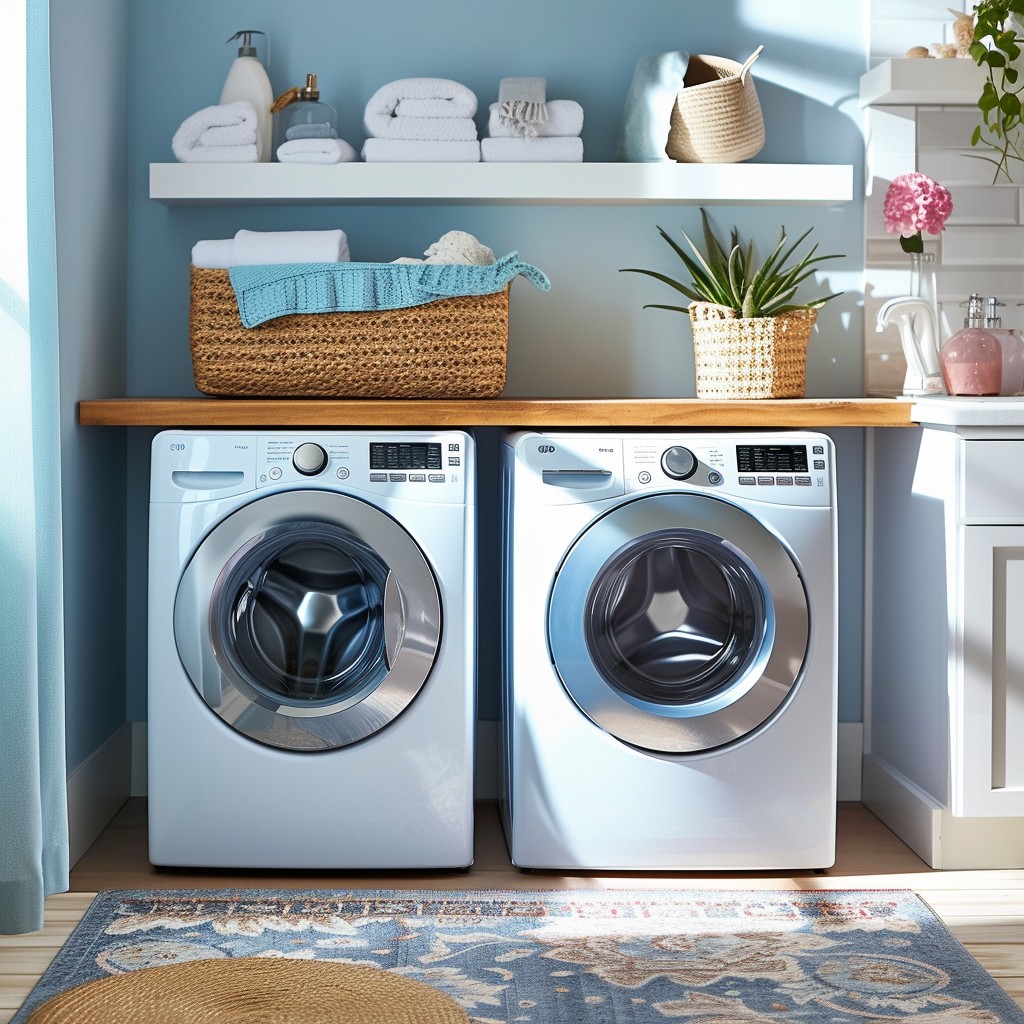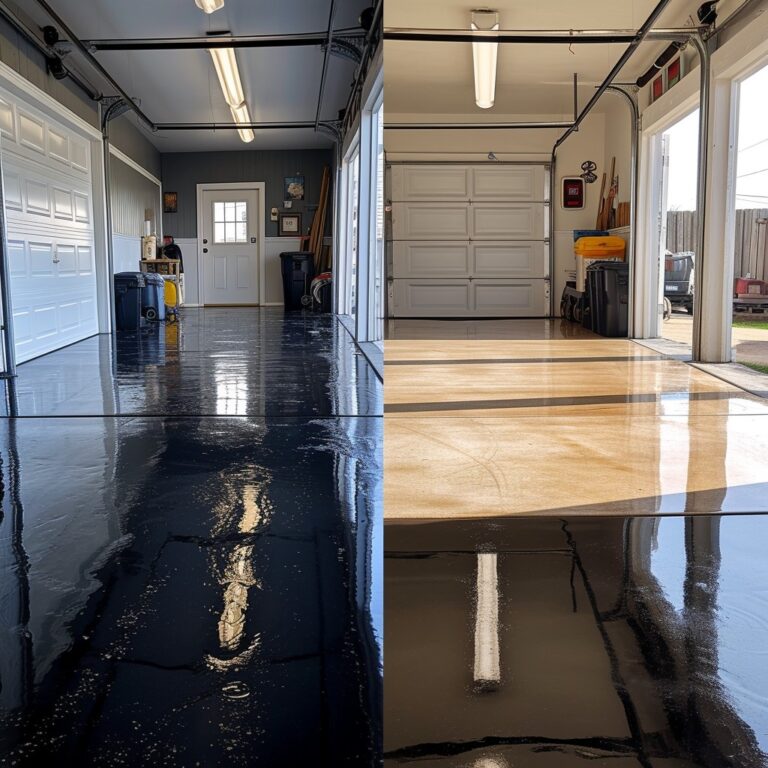Expert Residential Dryer Repair: Your Comprehensive Guide

When your dryer stops working, it can throw your entire routine into chaos. Whether it’s not heating, tumbling, or even turning on, a malfunctioning dryer is a common household issue. Understanding the basics of residential dryer repair can save you time and money, and in some cases, prevent the need for a costly replacement.
Common Dryer Problems and Their Solutions
Dryer Not Heating
One of the most common issues with dryers is when they stop heating. This could be due to a faulty heating element, a blown thermal fuse, or an issue with the thermostat. Start by checking the heating element for any visible damage. If it’s broken, it needs to be replaced. Also, inspect the thermal fuse and thermostat for continuity using a multimeter. If these components are defective, replace them to restore your dryer’s heating function.
Dryer Won’t Start
If your dryer won’t start, the problem might be as simple as a tripped breaker or a broken start switch. First, check your circuit breaker to ensure it hasn’t tripped. If the breaker is fine, the issue could lie with the start switch or the door switch. Testing these switches with a multimeter can help you determine if they need replacement.
Dryer Drum Not Spinning
A dryer drum that doesn’t spin is another common issue. This is often caused by a broken belt, a malfunctioning motor, or a problem with the idler pulley. To fix this, inspect the belt for signs of wear and tear. If the belt is broken, it will need to be replaced. Additionally, check the motor and idler pulley for any obstructions or defects that could be causing the drum to remain stationary. Every few months, check the dryer’s venting system for clogs or obstructions. Clean it out to maintain efficiency and reduce drying time.
Preventative Maintenance for Your Dryer
Preventative maintenance is key to prolonging the life of your dryer and avoiding costly repairs. Regularly cleaning the lint filter, venting system, and dryer drum can prevent buildup that may lead to poor performance or even fire hazards. It’s also important to check and tighten any loose connections, as these can lead to more significant issues over time.
When your dryer stops working
it can disrupt your daily routine. However, not every malfunction requires a call to a professional. Many dryer issues can be diagnosed and repaired with a bit of knowledge and the right tools. Here’s a guide to help you troubleshoot and repair common dryer problems.If your dryer isn’t powering up, the first step is to check the power source. Ensure the dryer is plugged in and that the circuit breaker hasn’t tripped. If these are in order, the problem could be a faulty door switch, thermal fuse, or start switch.Make sure your dryer is level to prevent unnecessary wear on internal components. Adjust the feet if needed to ensure stability.
When to Call a Professional
While many dryer repairs can be done by a handy homeowner, there are situations where it’s best to call a professional. If you’re dealing with electrical components, gas lines, or complex mechanical issues, it’s safer and more effective to enlist the help of a certified technician. They have the tools, knowledge, and experience to diagnose and fix problems efficiently, ensuring your dryer is up and running in no time.
Conclusion
Understanding how to troubleshoot and perform basic repairs on your dryer can save you both time and money. By addressing issues early and performing regular maintenance, you can extend the life of your appliance and avoid unexpected breakdowns. However, always know your limits—if in doubt, don’t hesitate to call a professional.




